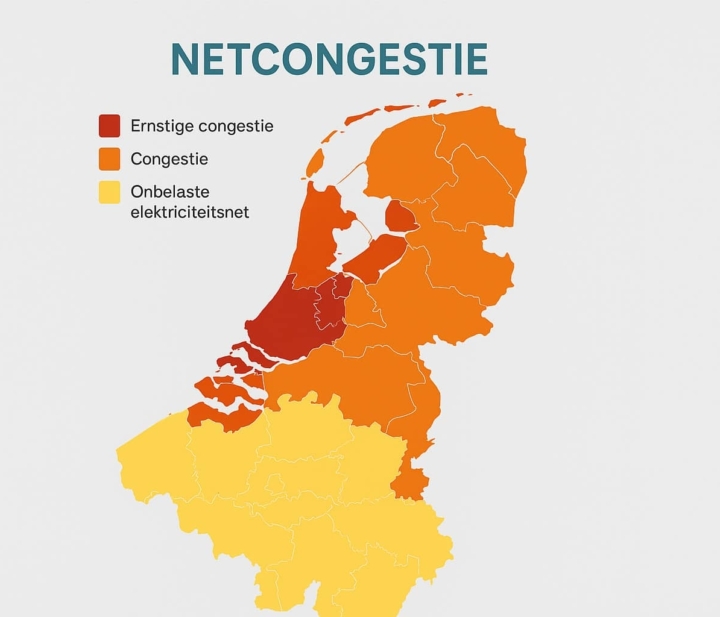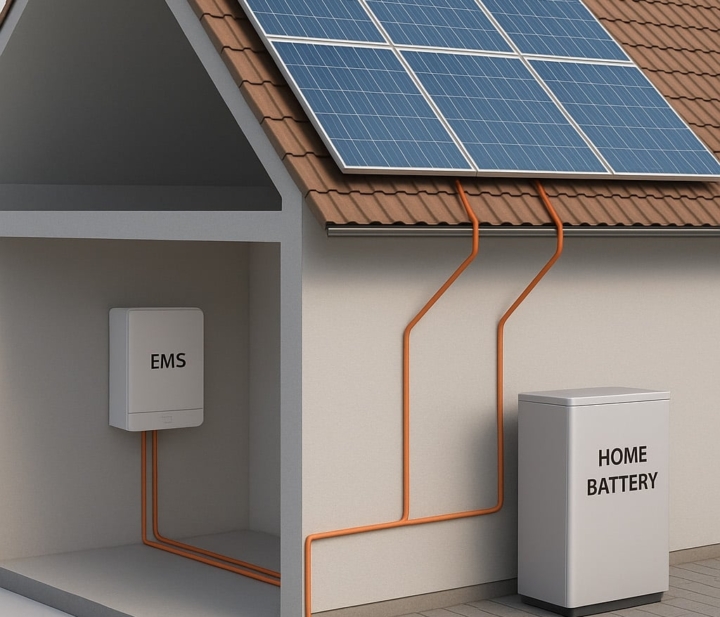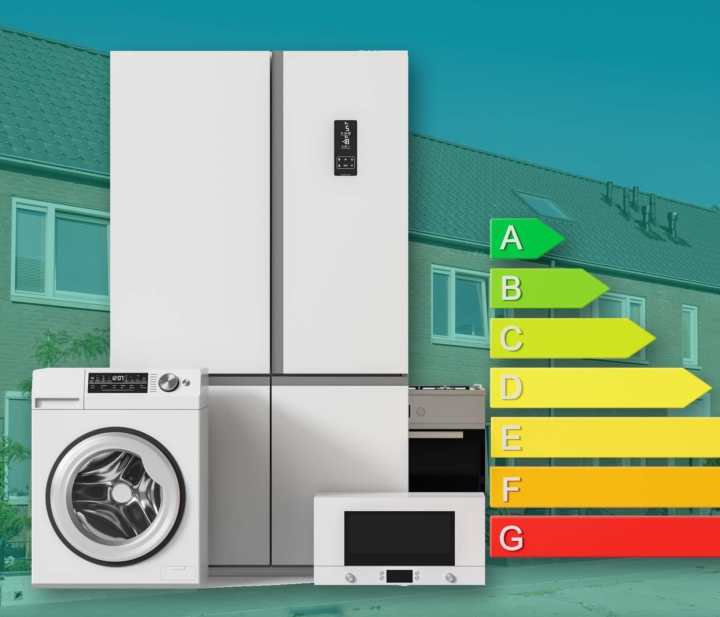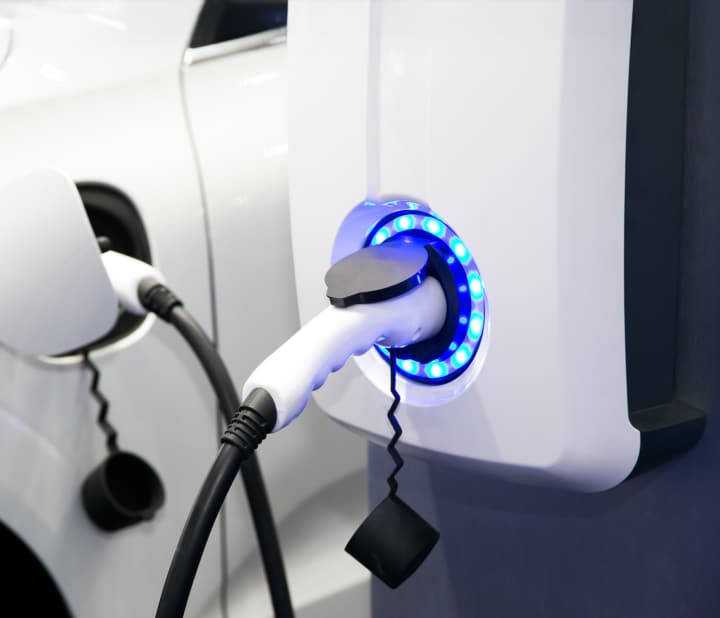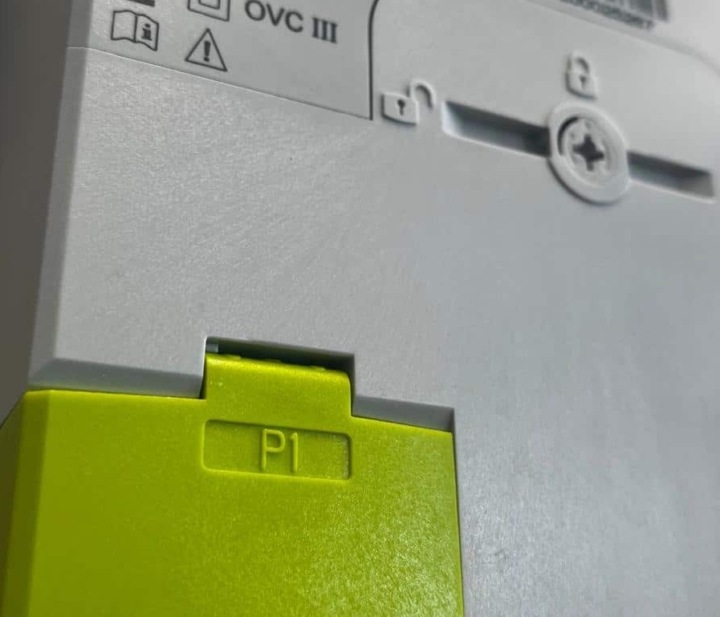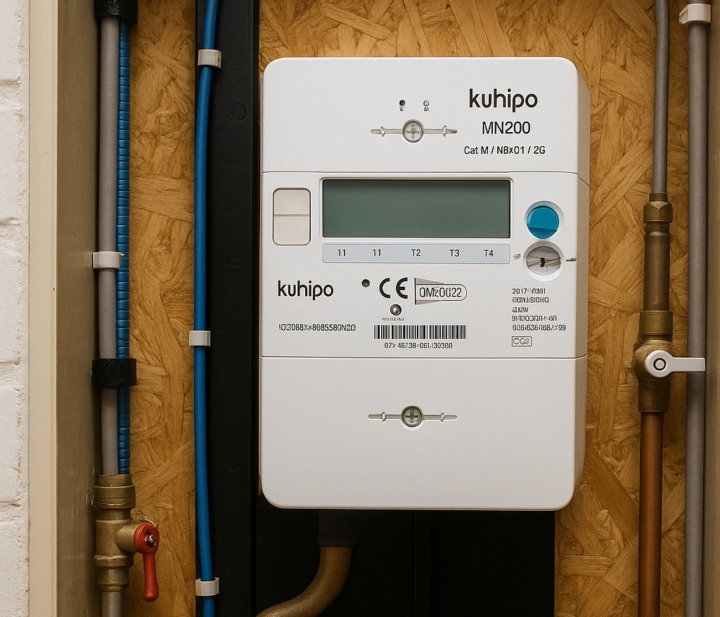Home Batteries: Profitable When Used Smartly – New Insights from Recent Research
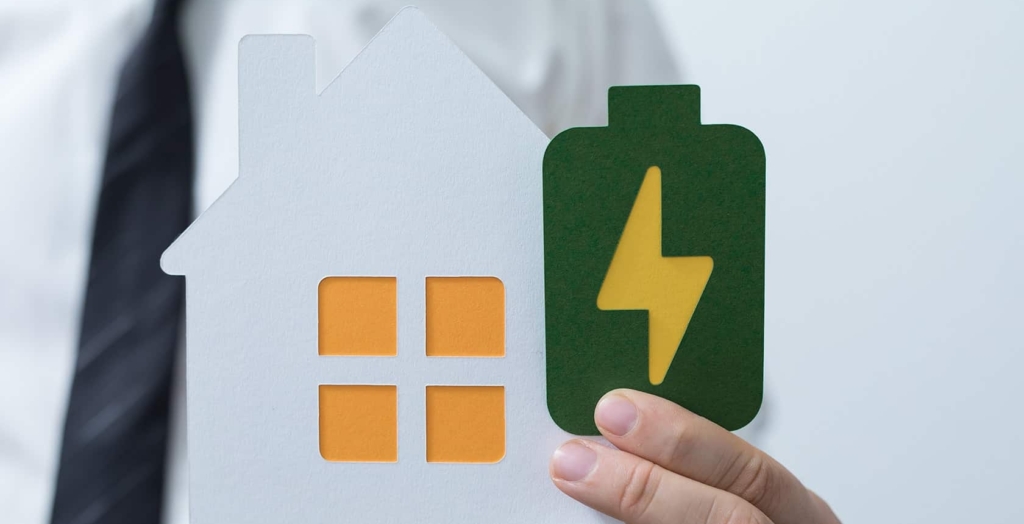
New research into home batteries
The rise of solar panels has empowered more households to generate their own electricity. At the same time, the energy landscape is shifting rapidly: net metering is being phased out, the grid is under increasing pressure, and dynamic electricity pricing is gaining traction. In this context, home batteries are receiving more attention. But are they really a profitable investment today?
Two recent publications offer a nuanced answer. Both Solar Magazine als and consultancy firm Berenschot highlight one crucial finding: home batteries only become financially viable when deployed using a mix of smart value strategies.
Key findings from the research
Berenschot’s report, “Een gebalanceerd verhaal over thuisbatterijen” states that in today’s market, home batteries are generally not cost-effective if used for a single purpose—such as storing excess solar power. In such cases, the savings often don’t justify the investment. However, when a battery serves multiple purposes—like reacting to dynamic pricing, reducing peak demand, or providing grid flexibility—realistic business cases do emerge.
This requires intelligent control, data insights, and integration with broader Energy Management Systems (EMS). The report also stresses the need for clear policy frameworks and the active involvement of grid operators to fully unlock the potential of home batteries.
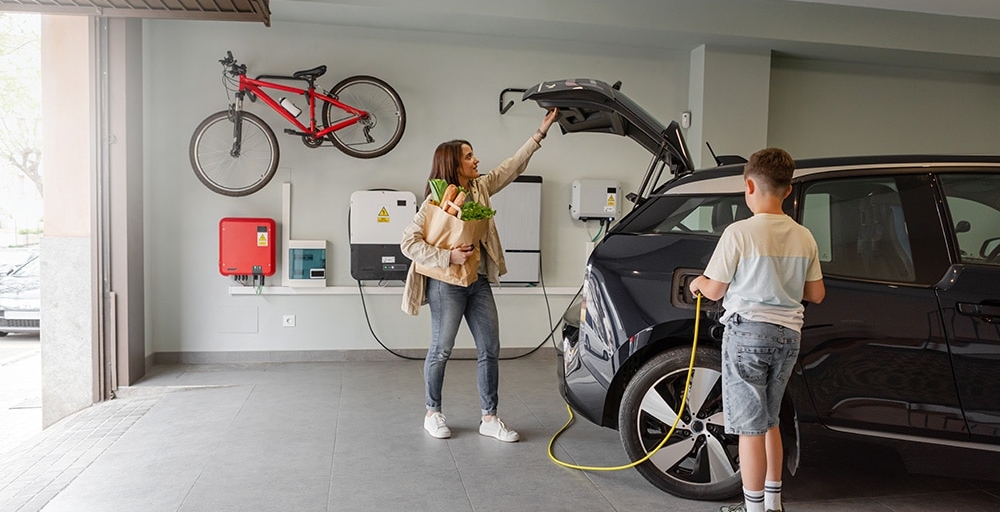
Xemex’s perspective: bridging potential and practice through smart technology
At Xemex, we share the pragmatic view outlined in the report. Home batteries clearly offer potential—but only when intelligently managed as part of a flexible energy system. Our experience shows that many installations fail to reach their full potential without proper integration.
As an independent developer of metering and energy management solutions, Xemex has closely monitored this market for years. Our view is that battery technology should not be treated as a standalone solution but rather as one link in a dynamic, integrated ecosystem. A smart EMS enables real-time response to market signals, grid conditions, and household usage—critical factors for battery profitability.
Advice for installers and consumers: choose wisely, choose smartly
Installers play a vital role here: provide honest guidance on both the capabilities and the limits of home batteries. Avoid overpromising based on ideal scenarios and instead collaborate on tailored solutions—ideally with EMS support that enables multiple value streams.
For consumers, the key is to look beyond capacity and brand. Ask how the battery will be controlled, whether it can respond to dynamic pricing, and if it supports future applications.
Home batteries can indeed play a pivotal role in the energy transition—but only when technology, policy, and practice are aligned. The latest studies show that this alignment is within reach, provided that we focus on integrated, intelligent solutions.
Always ready to start
Wondering what we can do for your organization? Contact Xemex and discuss your needs with our team. Together we will realize a solution that addresses your energy challenges and opens up new possibilities.
Burgemeester Burgerslaan 40
5245 NH 's-Hertogenbosch, The Netherlands
Metropoolstraat 11a
2900 Schoten; Belgium

